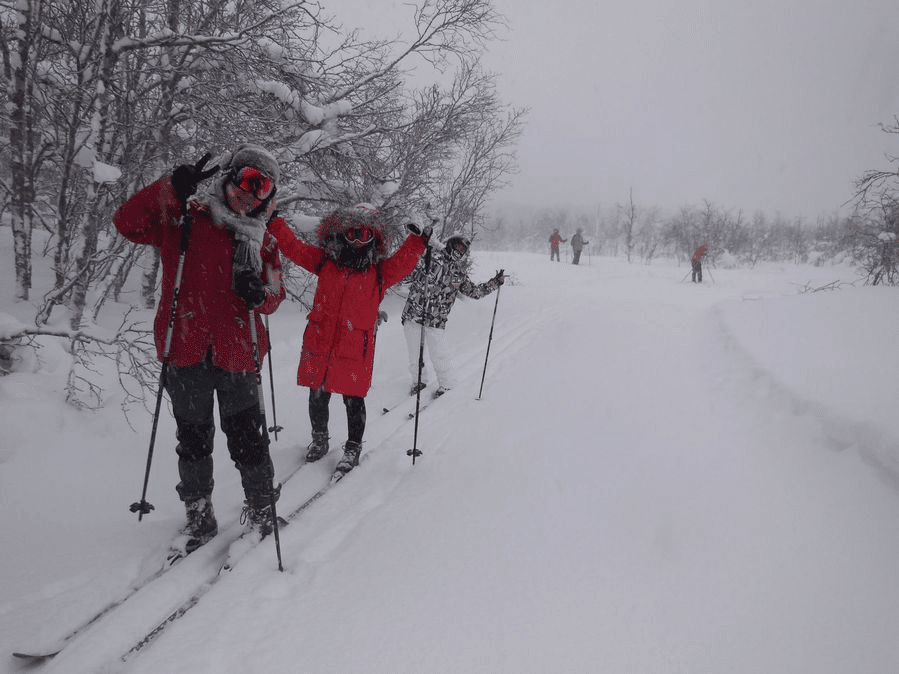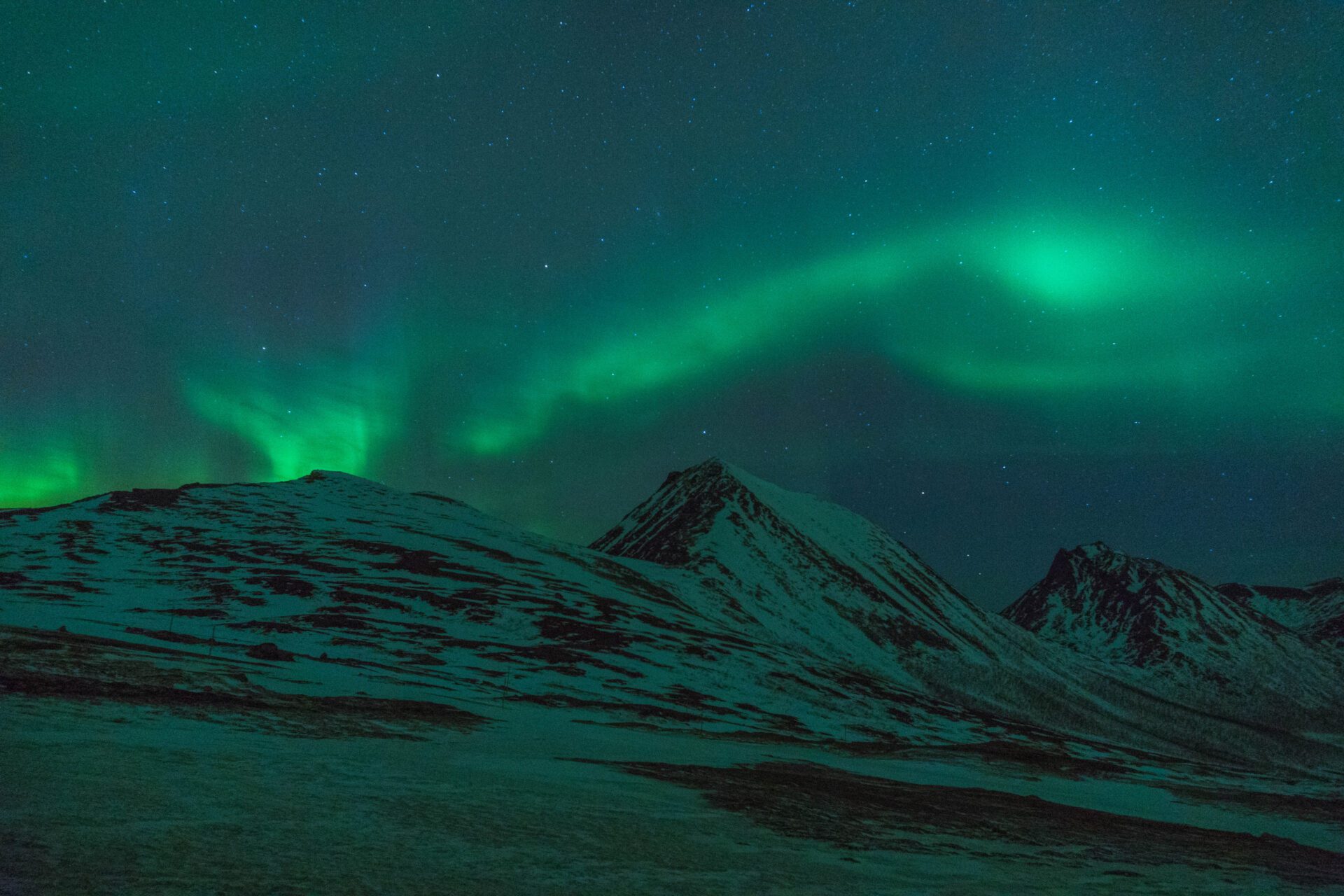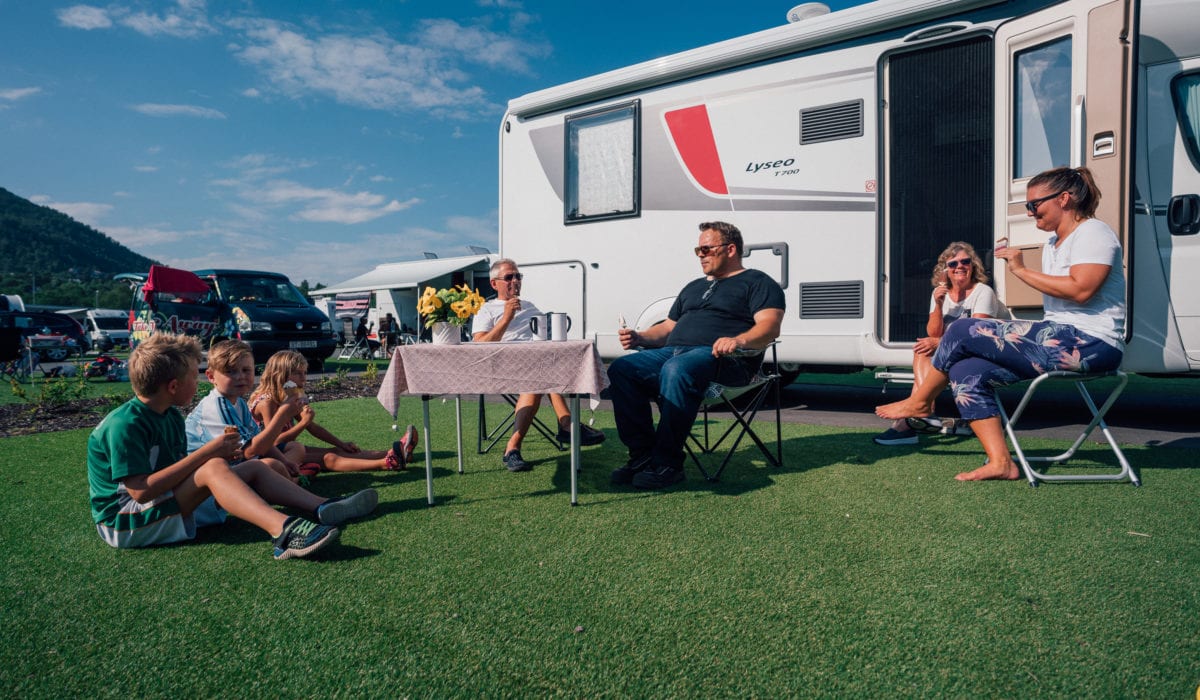Camping is a lot of fun! The sounds of nature, the fresh wind to your face, and the enjoyment of peaceful surroundings without the hustle and bustle of the city – few things are better. In order to keep enjoying the nature like we do now, we have to take care of it. That’s why we want to give you ten tips on environmentally friendly camping, in order for your hike to leave as few imprints as possible.
1. Leave the camping site looking as nice as when you found it
You have found the perfect clearing in the woods. The ground is flat and perfect for setting up a tent, the trees are shining in the sun, and there’s woods and nature as far as the eye can see. You look around you, and the terrain is scattered with old aluminum boxes and plastic bags. Not only is littering unsightly, it’s dangerous for the wildlife and nature’s ecosystem. Always keep in mind the “packed up-packed down”-principle before leaving the camping grounds and take everything you brought with you back home.
2. “Green cleaning”
The concept of “Green cleaning” is all about washing yourself and your equipment with eco-friendly soap. “Green” soaps contain natural ingredients that don’t emit hazardous chemicals into the ecosystems of the forest, and they’re great for cleaning and washing your body with a better consciousness.
3. Ditch the disposable equipment!
Instead of using money on cutlery and kitchenware which’ll be thrown away after a single use, bring knives, forks and whatever else you’ll need from home. Not only will you be saving money; you’ll avoid using unnecessary plastic equipment. There are a lot of eco-friendly alternatives for everything you would need!
4. Make and pack your own lunch
Here you have yet another win-win tip! By making your own packed meals, you’ll save money on pre-packaged solutions and you’ll save the environment by avoiding all the packaging that often follow with “fast and easy” meals. The best part is that you get to be as creative as you want with your food – as long as it fits in a lunchbox, of course.
5. Don’t seek or try to contact the wild animals
The synergy of the nature is fragile. Avoid feeding or disturbing the wild animals, as they can get dependent on humans for survival and lose their natural instincts. This also applies for photography. If you can’t photograph the reindeer or grouse at a safe distance, leave it be – let the wild animals live in peace.
6. Plan well and keep out of protected areas
Protected areas are dedicated to keeping some of Norway’s most significant ecosystems. We are lucky to have camping places surrounded by stunning nature and paths that make it possible to enjoy them in their entirety. When you stray away from the path, you risk destroying plants and disturbing the wildlife in that area. Keep yourself and the surroundings safe by staying on-path, and only set up camp in designated areas.
Not familiar with which areas are protected? Check out this link! (Only in Norwegian)
7. Solar energy – not batteries
Some of the first things novice campers often notice is how much darker secluded areas are at night. You can hoard up on AA-batteries for your headlights and flashlights, but it’s even better if you invest in a solution powered by solar panels. You can also find chargers powered by the sun. That way you can keep your phones and GPS alive over time. If you, on the other hand, are camping in Tromsø in the winter, we recommend that you stack up on enough batteries. That way you’ll not be dependent on the sun for electricity – it’s completely gone between November and January after all.
8. Fish and cook with care
Catching and shacking your own food can be a huge part of the fun while camping. There are however some places where fishing is illegal. Always remember to check out the legality of fishing in the area you’re in, which species you are allowed to haul in, and if you need a permit (a “fiskeløyve”). Prepare your meal on a stove instead of an open fire, especially if the climate is hot and dry, as campfires constitute a greater risk to the forest.
9. Use, rent, repair!
Of course it’s tempting to have top-notch equipment on a hike, but that’s not necessarily the eco-friendliest alternative. Unless the location is particularly demanding, you really don’t need the best of the best. Use what you’ve got! And if you don’t have everything you need, you’ll find several places to rent equipment in the city. There’s also a lot of good options for buying used, e.g. the Facebook Marketplace – that way you won’t have to buy a brand new tent for a one-night-trip.
10. If you are buying something new – buy it green!
There are a lot of eco-friendly alternatives within the camping world. There is a steady increase in environmentally friendly equipment in both physical stores and online, as more and more customers are interested in the sustainability of their products. This includes BPA-free products and products that use recycled materials in their production.
These are just some of the actions you can take to minimize the impact of your camping trip on the amazing Norwegian wilderness. In the end it’s important to remember the age-old expression: “Take only pictures – leave only footprints”.






